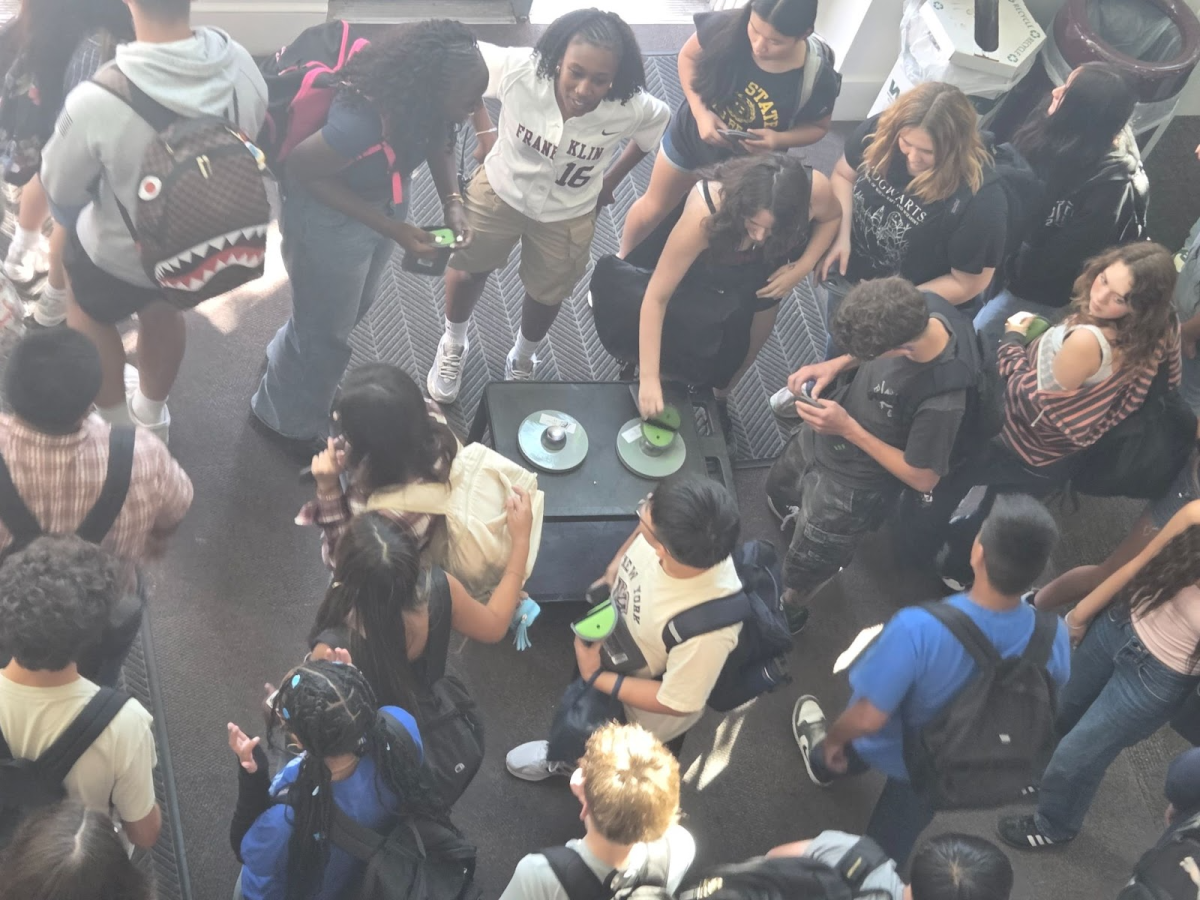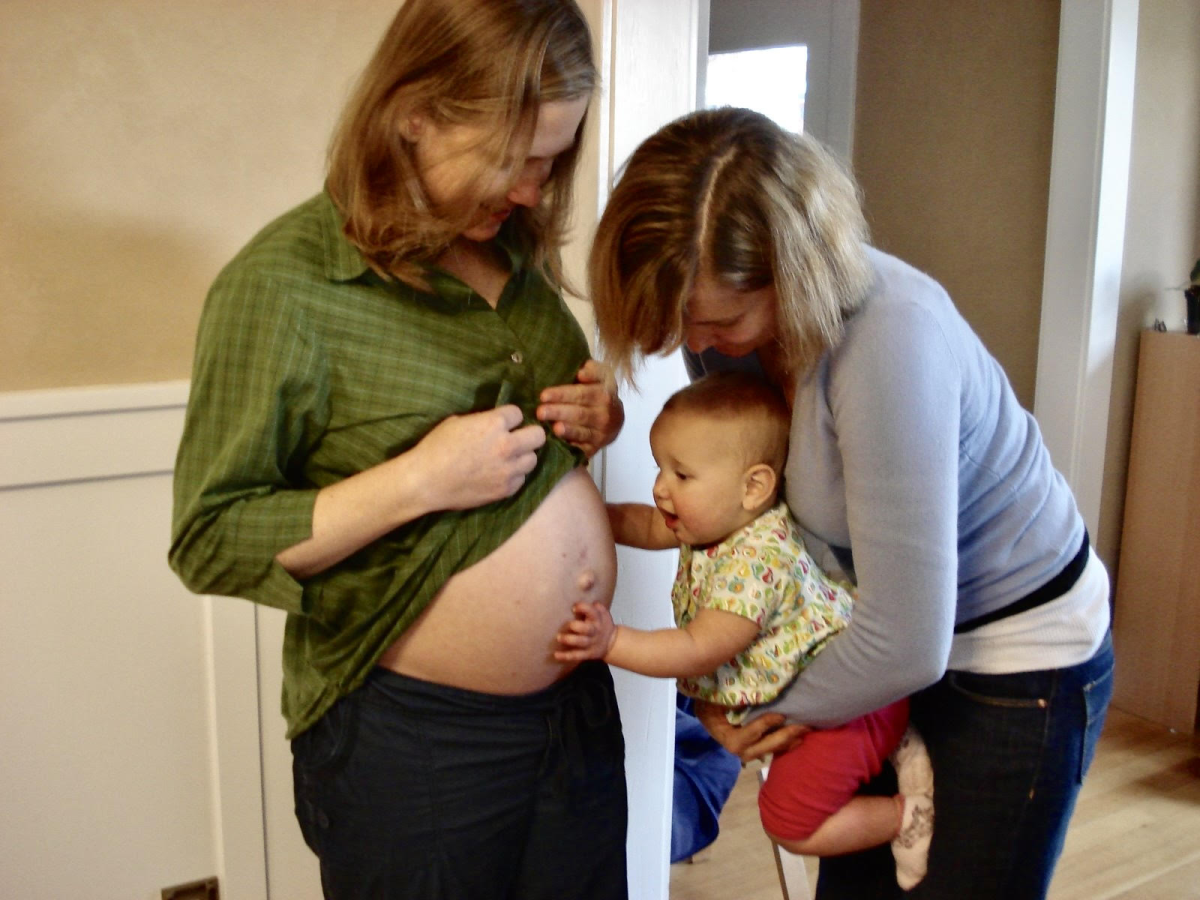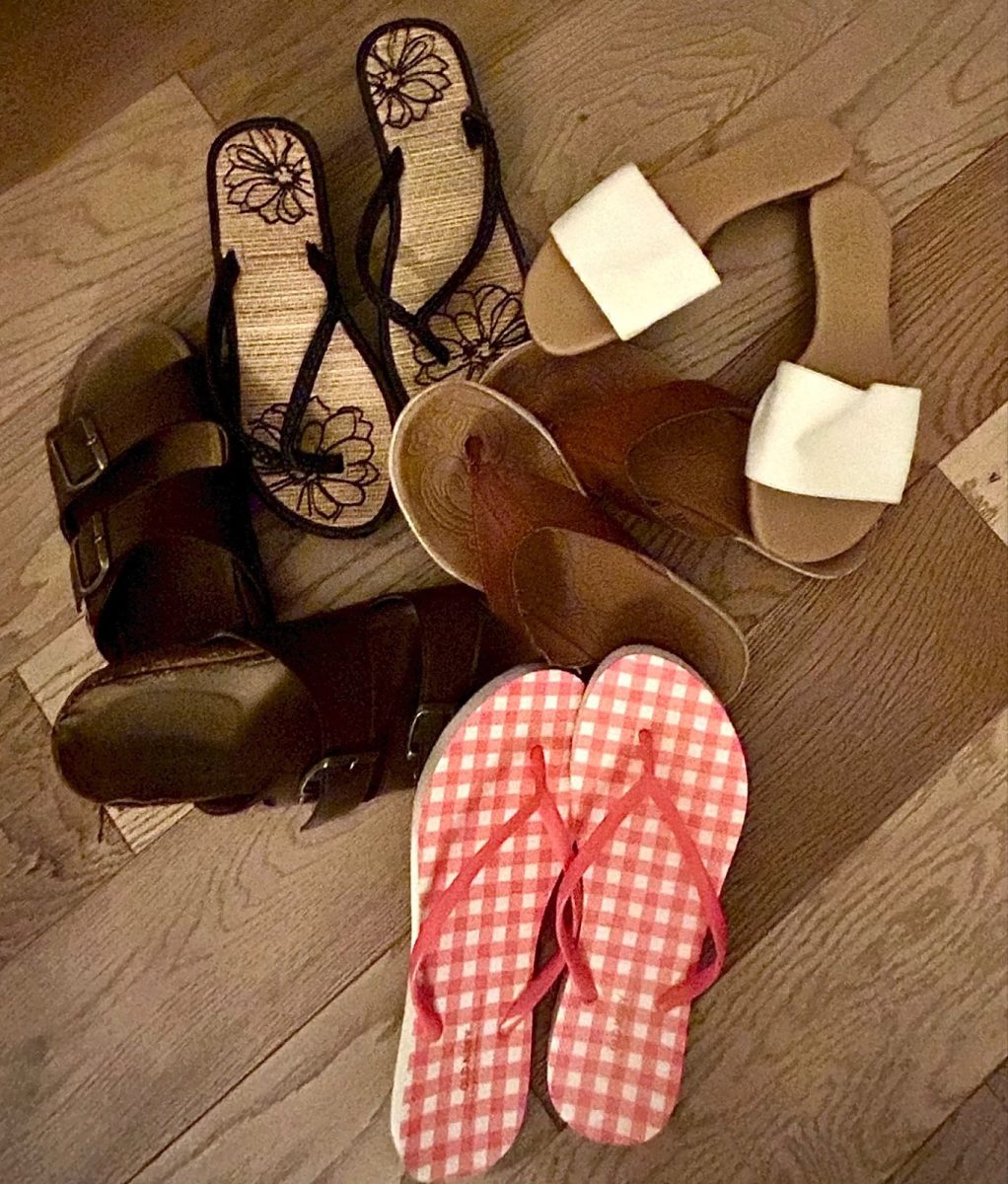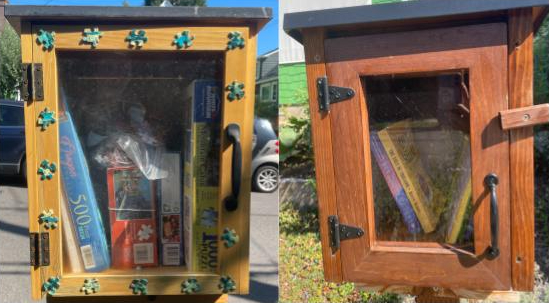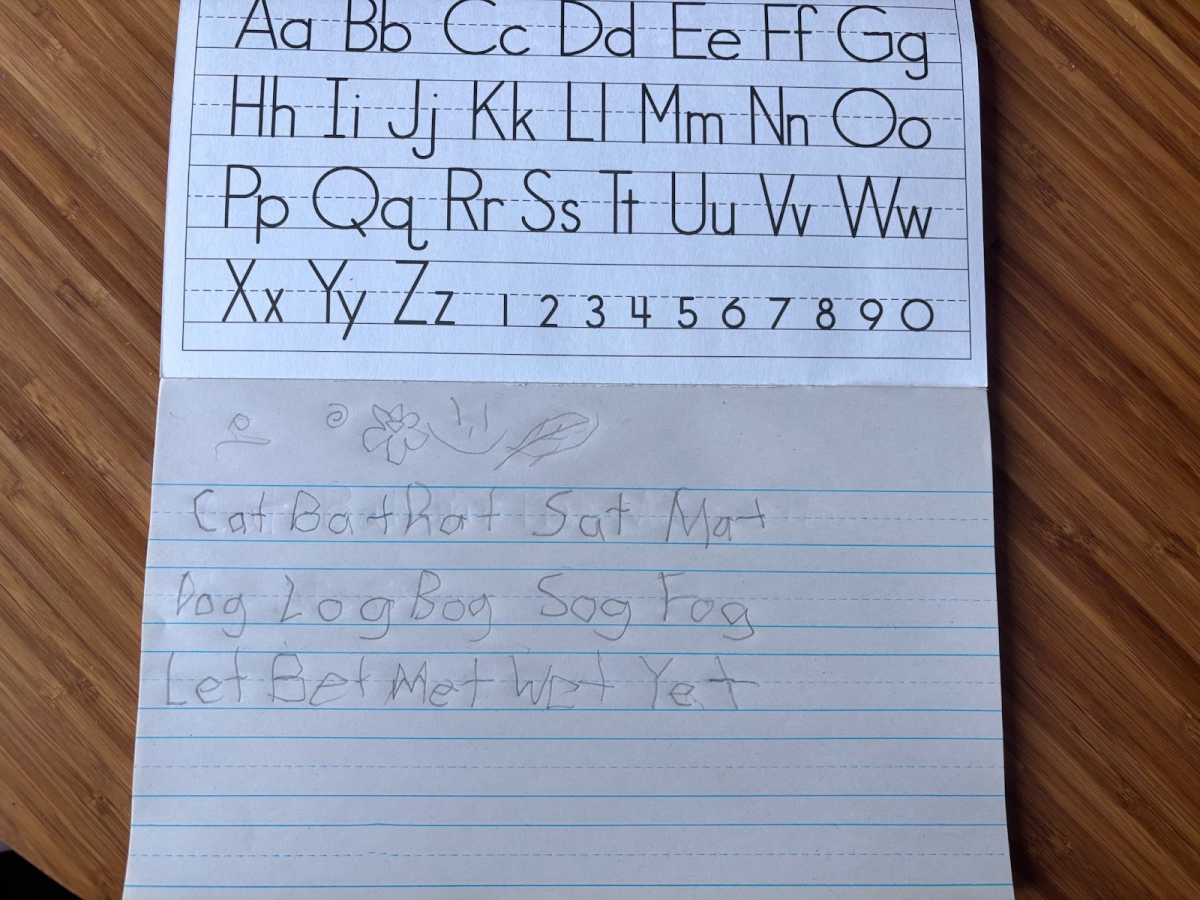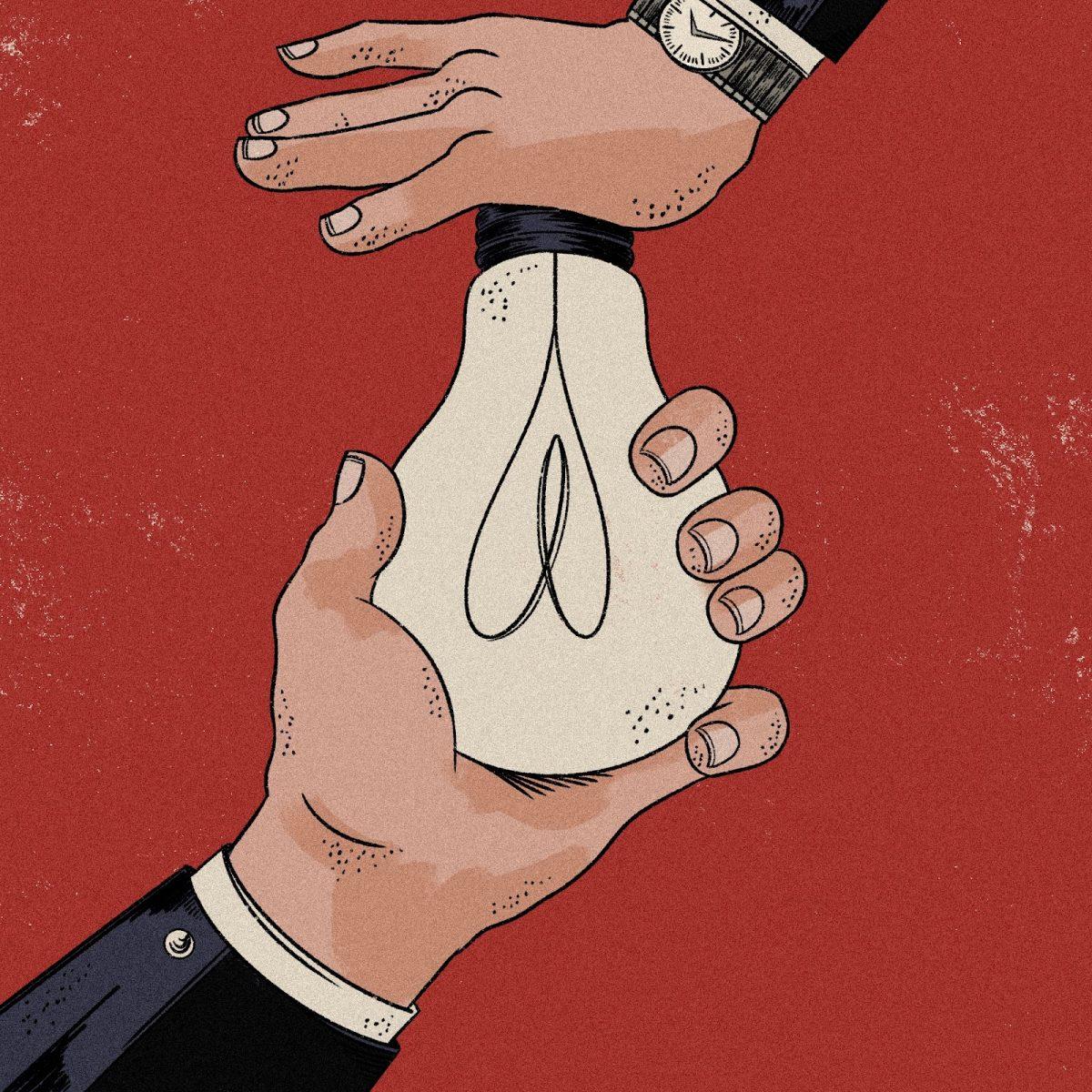
Illustration by Stella Schumock
WARNING: This article mentions harm to small animals, though not in detail.
Amidst first pets, aside from the typical family cat or dog, hamsters are a common favorite for most children. A small and fuzzy critter that fits in your hand, sleeps in a cage of bright colors, and eats a rainbow of dyed pellets. However, this standard formed through the media’s eye is far from the reality of owning a small rodent. Leading us to ask, why and how did this misrepresentation of hamsters come to be? When we think of the predator of a hamster our minds might first go to a hawk, or a fox, maybe another typical rodent hunter. But the true enemy of the hamster? It’s capitalism.
The marketing of pets, small rodents especially, is not a new problem. Big corporations have been providing cheaply made, overpriced, and dangerous products, along with misinformation, for decades.
“Many stores, including small businesses, often have items unsafe for rodents, especially toward the rodent they are targeted for. Most small businesses are pretty good, but places like Petco and Petsmart are just trying to make money with a complete disregard for the well-being of small animals,” explained Jaiyden Grahn, a junior at Franklin High School (FHS) as well as a volunteer and small animal teacher at Oregon Humane Society. It’s very obvious what they are referring to just by walking into your nearest pet store.
Through a survey I put out to Franklin High School rodent owners, I received reports of many dangerous items being sold by ‘large brand companies’. This included pine or ‘unspecified wood’ bedding, which for rodents, can be toxic and cause respiratory issues. At my local Petsmart, I saw a plethora of things that I would not recommend for the species they were marketed for. This included toys such as hamster exercise balls, a myriad of food brands and high sugar yogurt treats, and worst of all, the enclosures.
Currently, the American minimum size requirement for a hamster enclosure is 24 inches by 12 inches, approximately the size of a small microwave. This, in comparison to the United Kingdom’s standard of 31” by 20”, and the 40” by 20” minimum in Germany, displays a severe difference in care. The Kaytee CritterTrail Starter Habitat, sold by almost any Petsmart or Petco, measures 16 inches by 11.5 inches. Roughly the size of a toaster. “Recommended for hamsters, mice, and gerbils” as printed on the box.
With it being marketed as a “connect and create” set according to Kaytee’s website, it’s more reminiscent of Legos than an animal’s home. One may contest that because these CritterTrail cages are able to connect with others of their brand, the size of the enclosure can be remedied. However, burrowing creatures such as hamsters need to create their own dens, not run through plastic tunnels. Aside from the need to dig, hamsters need plenty of bedding to regulate their temperature. Small cages that have small pan heights do not allow this to happen. And on the other side, the larger of the CritterTrail cages are much taller, creating the possibility of an animal falling, causing broken bones or neurological issues.
Besides this, the statement of “recommended for hamsters, gerbils, and mice” is concerning, as these three species require entirely different care. In addition, the blanket statement of ‘hamsters’ leaves much to be interpreted. Each species requires a variety of different care and has associated problems. Syrian hamsters, often nicknamed and marketed as ‘teddy bear’ hamsters, are a common choice for their larger size. Due to their bigger size, they clearly require bigger enclosures, as well as a wheel of about twelve inches. The Kaytee CritterTrail Starter Habitat is 10 inches tall and shows a Syrian hamster on the box. Other hamsters often require a wheel of eight inches or more, and it often also depends on the size of the individual animal. But with the CritterTrail being marketed as “just add food,” it shows the problem with these “all included” cage setups. Their provided wheels are too small, leading to rodents running with their backs at an angle, which causes a multitude of problems. Even if someone wanted to put a proper wheel in, there is not enough space, depending on the species. The other supplies given are also often lacking, built with the same flimsy material of the cage, and insufficient for the animal. Small rodents need much more than added food; with their constantly growing teeth they need plenty of chew toys and other enrichment to keep them happy and unstressed.
Hamsters have not yet been domesticated for even a hundred years, with them becoming common pets around the 1930s-1940s. Thus, they require care tailored to the individual animal to keep them unstressed. Hamsters that usually hold around two miles of territory in the wild and run five miles per night are being caged in plastic boxes the size of toasters.
With this, the common account of people’s hamsters getting loose and being stuck behind walls can often be attributed to the poor quality of these cages. With bars that easily bend, lids that misalign and refuse to shut, and easy to chew through plastic, it’s no wonder that an animal that’s been shoved into an enclosure that is far too small will do anything to escape.
Misinformation doesn’t stop at just cages or toys. So-called ‘teddy bear’ hamsters are susceptible to being born brachycephalic. This causes a flattened or rounded face and a multitude of sinus, eye, and teeth problems. It is a very livable condition, but with regular vet trips to trim or remove teeth, it’s understandably not a good fit for most pet owners who likely can’t afford regular visits to exotic, small animal vets. Because of this, large company pet stores will regularly euthanize hamsters with this treatable disability. Or, sell with a discount for “cosmetic imperfection.”
“They can live happy, healthy lives if properly addressed,” says Munchie’s Place for Homeless Pets, a small rodent rescue based in Washington. The founder of the rescue, with the online alias of “Munchie,” seeks out rodents being sold on websites such as Craigslist, Offerup, and more, to save them from improper, neglectful care. Munchie has stated that they have owned and housed twelve brachycephalic hamsters, and “although they tend to live slightly shorter lives, they are just as worthy of happy homes.”
As talked about in Munchie’s Place’s youtube video on brachycephalic hamsters, it is not just Syrian hamsters that have this condition. Many animals have been purposefully bred to have brachycephalic disorders such as persian cats, pugs, etc. for shorter snouts.
Bad breeding and breeding disabilities for certain colors or shapes is not uncommon. It is prevalent in nearly every animal industry, from puppies to snakes. With the high demand for rodents and other pets, animal mills have become an integral part of the North American pet trade. Supply and demand of fuzzy creatures leads to quantity over quality of genetics, and the high quantity of rodents leads to the high quantity of preventable deaths.
This is why most online rodent communities recommend not buying pets from stores, as most get their supply from pet mills. Buying from an ethical breeder is recommended to ensure that your pet will live a long and happy life. Adopting also helps support shelters and find more animals loving forever homes.
In the survey I put out, hamster owner K Bryan, a sophomore, responded to whether or not they had encountered harmful misinformation about their rodent species with “everywhere.” Rat owners however, Percy Flint, another sophomore at FHS and Sophie Reece, a senior, reported that they had not found harmful advice but instead a lack of information. This difference may display the way that different species are represented by the media, with rats under-emphasized and hamsters misrepresented and marketed as beginner pets. Bryan states they are “[a]bsolutely not.”
“Every small animal or rodent requires maintenance and care and it’s definitely more than people typically predict when getting small animals,” Grahn stated. ‘Pocket pets’, an adored name for small rodents, are commonly purchased for young children. For parents, getting a small animal for a child is typically used to teach responsibility. Commonly, as children get bored of their animal, parents often lack the wherewithal to make sure it is taken care of. This displays the problems with gifting children, who lack proper decision making and attention for these kinds of responsibilities, their own pet.
“Small pets may seem like a smaller responsibility than bigger ones, but I’d argue that a dog or cat is easier to take care of than a [small rodent],” says Flint.
Imagine that small child attempting to take care of their first animal, a ‘starter pet’. The animal may escape, or hurt itself due to its enclosure, or become overweight, or have other health issues due to an improper diet. Where does this end? With the animal passing away, or it being rehomed with a chance for the cycle to repeat. This is the cruel reality of what capitalism has done to hamsters. Mass marketed as a toy for children, accessories sold separately.



